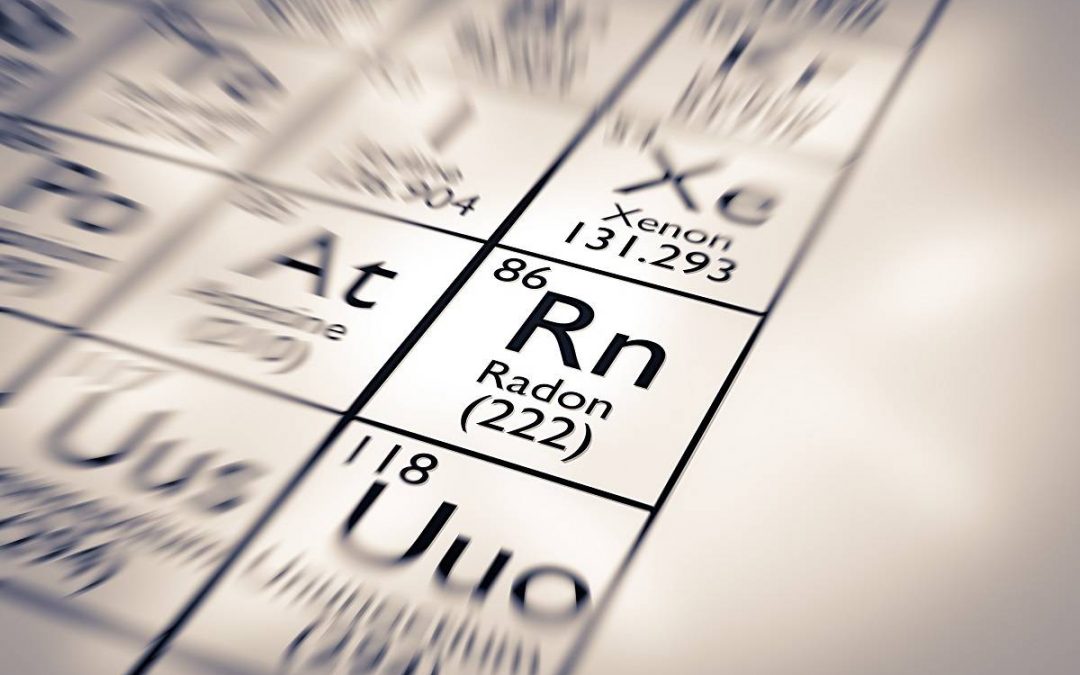Over the past few years, the topic of radon gas has been receiving much attention. For those who do not know about or fully understand radon gas and what it is, here is a brief description. Radon gas is the 3rd generation of uranium breakdown. Which means that when things decay, particles are released. Example, if you leave a banana on your counter, you will notice that after a few days it begins to turn brown and the banana starts to give off a strong banana smell as it decays. What is happening? The decay process is simply the molecular breakdown of the molecules that compose that object. As the object decays and the breakdown process continues, the molecular structure of the banana changes. Eventually, that nice fresh banana will be a dried-up pile of powder on your countertop. Radon, therefore, is a result of uranium breakdown, and during that breakdown, the particles of uranium that are expelled have changed their molecular state. Radon gas, due to the breakdown process eventually will become polonium, and during the breakdown from radon gas to polonium, the alpha particles pop, as when you pop a soap bubble, particles of soap bubble flies off in several different directions. With this breakdown process, there is a small amount of energy released, this release of energy, which is small alpha particles, flies off and damages a molecule in your DNA, usually in your lungs, this DNA will mutate but now it has been damaged by the popping effect of radon decay into polonium.
I have noticed over the last few years that radon gas is becoming more of a concern to homeowners and home buyers. The uranium particles within our soil are not evenly dispersed. They tend to gather in pockets, like other minerals, you will find pockets of iron, pockets of lead, and even pockets or veins of gold. Some areas are prone to have more uranium than others. When homes are built, a small area of soil is covered by the home. Any gas smells or products within that soil can and usually do find their way into the home. A home built on wet ground, full of organic material will inevitably take on the smell of that decaying organic material. That damp musty odour can and usually does find its way into the home and permeates the walls floors and furnishings. This same principle applies to radon gas, the radon gas slowly penetrates through the concrete, and it seeps through any cracks or penetrations through the concrete foundation floor system. This is a slow and continuous process as this radon gas enters your home and slowly builds in concentration. If the home is not occupied, as when you may be on vacation, and the air is still and not circulating as it would be under normal living conditions, the radon levels will slowly increase. Conversely, when normal living conditions have resumed, and especially in the summer months, windows are usually open, and the air is moving freely throughout the dwelling, this air movement will dilute the concentration of radon gas and reduce its damaging effects on the occupants. When a radon gas level test is being performed, enough time should be allowed to obtain an average reading, thus blending the high levels and low levels to achieve an accurate average radon level.
This is considered a long-term test. A long-term test should be at minimum 3 to 4 months in length and should be conducted through a seasonal change, as from Summer into Winter months. This will give you an average reading under both ventilated and closed conditions. I am often asked if a radon test can be done on a home by an interested buyer, or have this test done during a general home inspection. This can certainly be done, but it would be unfair to acquire results from a radon test done on a short-term basis, under one month. The conditions prevalent during that time may reflect conditions when the weather is much cooler, and the home is in a “closed-up” condition. The results from this test would reveal a higher level of radon gas. As the results from a home during a well-ventilated condition would reveal that the radon levels would be much lower. These results can induce a false sense of security, in knowing that the radon levels are safe, or an alarm condition, where the home will require radon remediation, which would be false. This could have a damaging effect on the families, the home, and any prospective buyer. The wise thing for a seller to do in this circumstance is to have a long-term radon test done over a period of at least 4 to 6 months. This will make available a more accurate reading of the radon levels to any prospective buyer.

